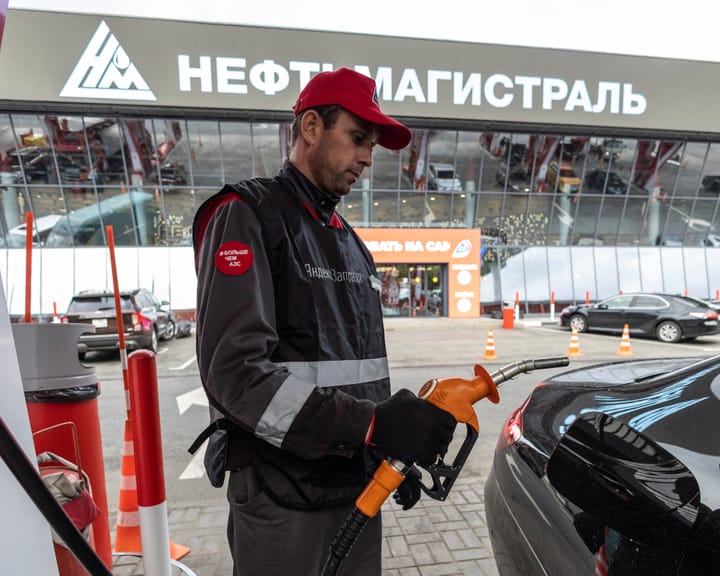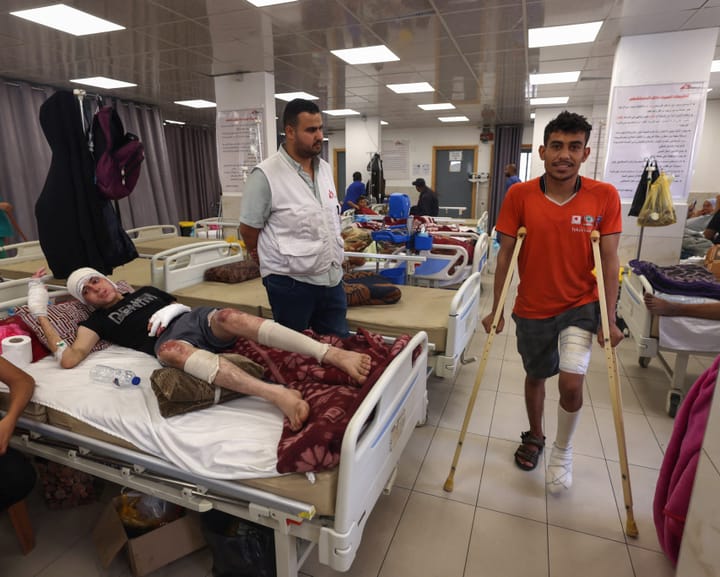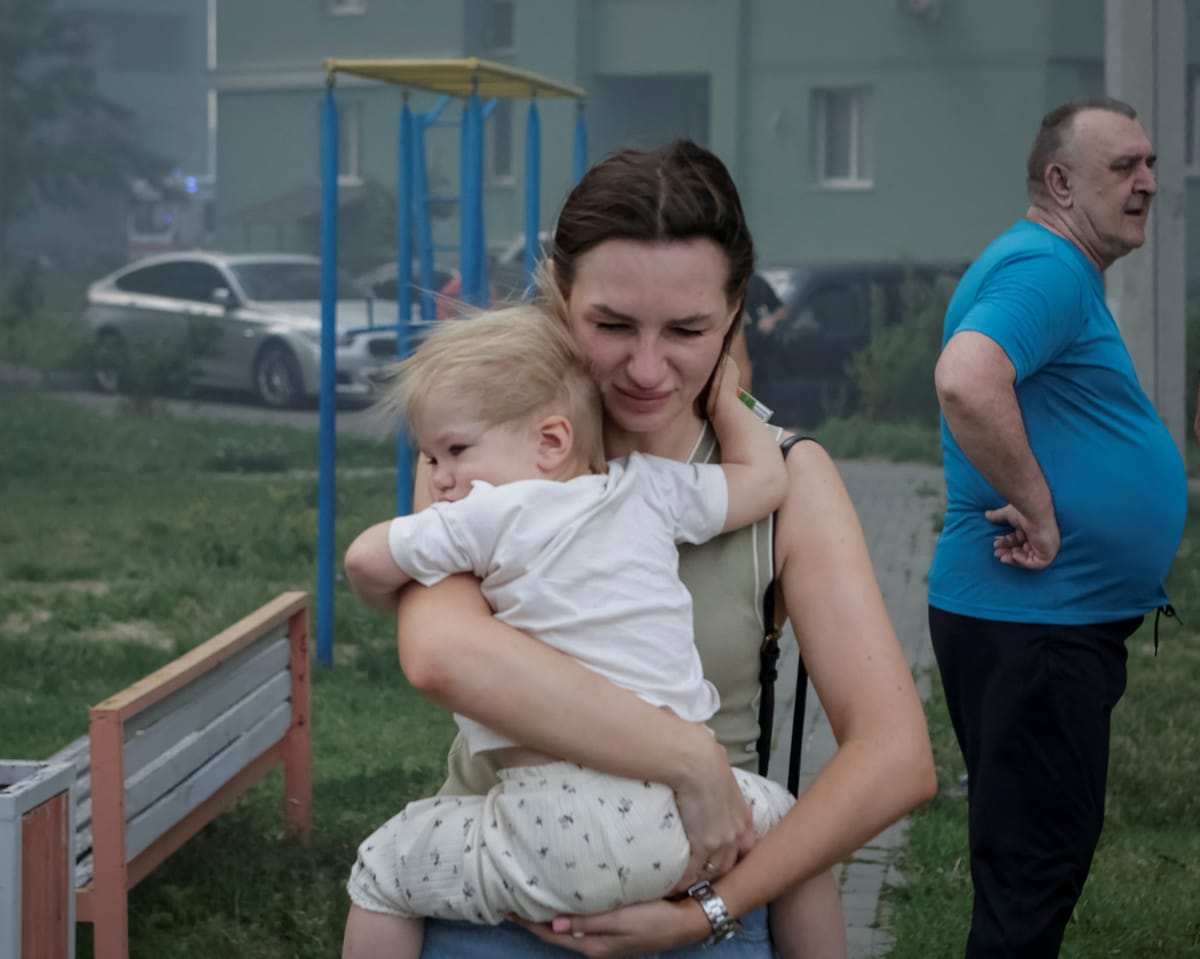Night by night, the assaults intensify. Russian drones, decoys, and various missiles—increasingly concentrated on specific targets—are being deployed in unprecedented numbers, testing Ukraine’s defenses and fueling concerns over its ability to withstand another winter of conflict.
Earlier this month, in a single day, 728 drones and 13 missiles were launched, with most directed at Lutsk, a western city housing multiple Ukrainian airfields. Large-scale strikes now occur more often—every three to five days compared to the previous 10 to 12—and civilian deaths are climbing: 232 in June, the highest monthly toll in three years.
Expectations of a 1,000-drone strike loom, and a high-ranking German military official recently suggested that Russian forces may aim to launch “2,000 drones simultaneously.” Improvements in production and tactics have bolstered Russia’s capabilities.
Drones are now deployed in bigger groups, packed with decoys, and flown at extreme altitudes—either very low or very high—sometimes layered in formations to evade defenses before diving sharply toward their destinations. Flying higher places them out of reach of Ukrainian mobile units tasked with intercepting them cost-effectively.
Recent assessments indicate an increase in drones evading defenses: from around 5% in March and April to between 15% and 20% in May and June. Russia is also employing its Shahed drones more strategically, using them to pave the way for faster, more destructive cruise and ballistic missiles, as their typical 50kg explosive payload inflicts relatively limited damage.
Originally designed in Iran, the delta-winged Shahed 136 is now manufactured in Russia under the name Geran-2. Production has been confirmed at two sites, including one in Yelabuga, over 700 miles from Ukraine. Russian media recently showcased an assembly line, with rows of fiberglass and carbon-fiber frames displayed prominently.
“The Shahed threat was foreseeable,” said Jack Watling, a military analyst, referencing Russia’s search for a decisive, cost-effective weapon akin to the Soviet T-34 tank from WWII.
He noted Russia’s focus on technologies that offer strategic advantages without excessive cost, highlighting heavy investments in Shahed drones and Iskander missiles for long-term gains.
In a broadcast from the Yelabuga facility, it was mentioned that workers as young as 15 are being recruited for production.
Read next

Ukraine strikes on refineries leave Russians struggling with fuel shortages
Russia Faces Fuel Crisis as Drone Strikes Cripple Refineries
Russia, often regarded as an energy powerhouse, is experiencing unexpected fuel shortages after a series of Ukrainian drone strikes damaged refineries across the country.
In several regions, petrol stations have run out of fuel, prices have soared to unprecedented levels, and

"France in crisis: Economic dispute escalates into political turmoil"
France finds itself in economic uncertainty, lacking a budget and possibly facing a government collapse. Prime Minister François Bayrou has called for a parliamentary confidence vote on 8 September. With left-wing and far-right parties vowing to remove the government, he lacks the necessary support to prevail.
Recently, the Socialist Party

"MSF reports a third of Gaza outpatient wound patients are children"
Nearly one-third of outpatients treated for injuries at medical centers operated by Médecins Sans Frontières (MSF) in Gaza last year were children under 15, according to data published in The Lancet.
The statistics, shared by MSF in correspondence with the medical journal, were gathered from six healthcare facilities in Gaza,

